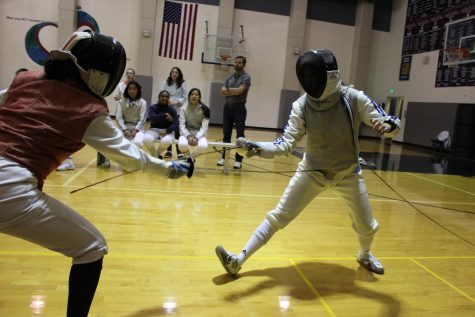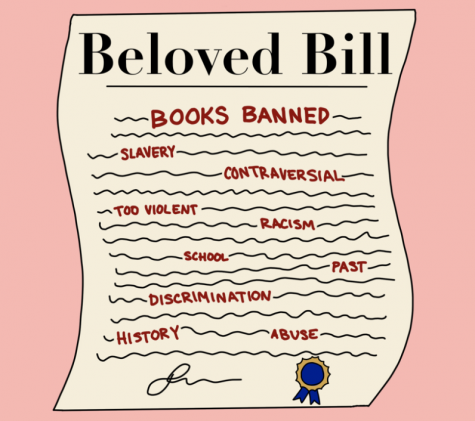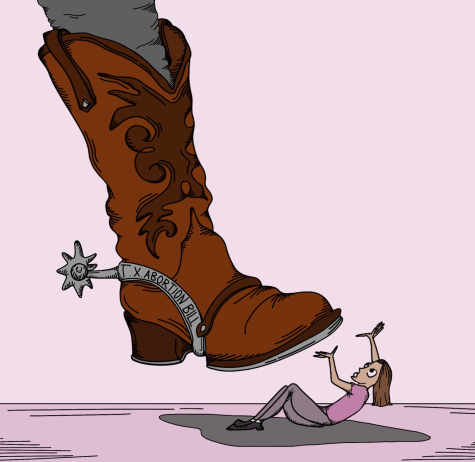Point of View: Knuckleball
Brawls between teams detract from game.
Every now and then in the wake of a pitch-to-the-head or a snide comment, a gloves-off, bench-clearing brawl will erupt between two teams in front of me at a baseball game. Although the players may leave suspended or even concussed, when I look to the fans around me, they chant messages of support for their team, not ones of caution for their safety.
Most major league sports involve altercations. For sports such as baseball, a player charging the mound is sometimes seen as a highlight, deserving of its own replay video on the team’s website or a feature on SportsCenter‘s Top 10 reel. For others, such as hockey, games without a thrown punch are rare.
The frequency of fighting in hockey is so high, it warrants its own website — hockeyfights.com. More than 33 percent of games have included violent confrontations since 2000. Any player who engages in a fight is issued a major penalty, in accordance with Rule 56 of the National Hockey League rule book, which entails five minutes in the penalty box.
Fighting is such a large part of hockey that a game without an altercation might be a disappointment to the fans. When a safe, calm and controlled game becomes a letdown to spectators, the sport alone is may not be what spectators pay to see.
Many major league organizations do not even take an active part in discouraging team-against-team altercations, subsequently strengthening a culture of violence in sports.
The National Basketball Association takes one of most proactive efforts to prevent large confrontations. The rule book states “all players not participating in the game must remain in the immediate vicinity of their bench,” and “violators will be suspended, without pay, for a minimum of one game and fined up to $50,000.”
This regulation prevents arguments between two players from escalating into bench-clearing bouts, while in baseball, a pitcher-on-batter conflict easily and quickly turns into a fight with 100 percent team participation. More often than not, even relief pitchers in the bullpen will make the 300-foot run to the mound simply to have a part in the action.
That being said, Major League Baseball has no rules regarding in-game fighting. Players are often ejected and suspended, but there is no certain penalty and immediate disciplinary actions are left to the judgement of the umpire.
With a varying level of punishment, fighting is all but encouraged to very clearly mitigated. For sports in which consequences for fighting are few, spectators’ focus on the excitement of a brawl should be redirected on the art of the sport.
No matter the excitement spectators might feel around the frenzy of a fight breaking out, it detracts from the game and can only result in players’ suspensions, ejections and injuries. Spectators should cheer for the game, not for the fight.












